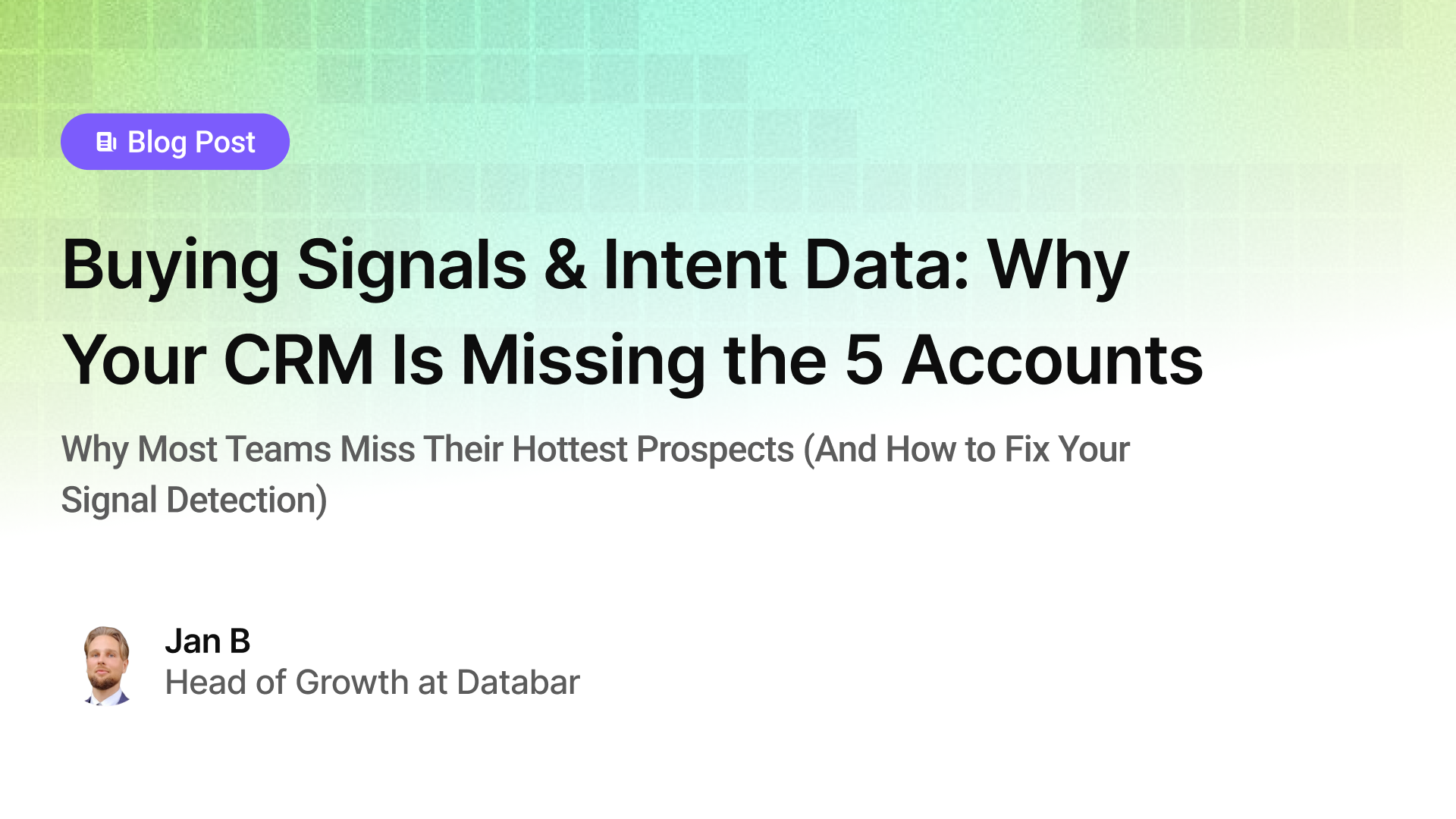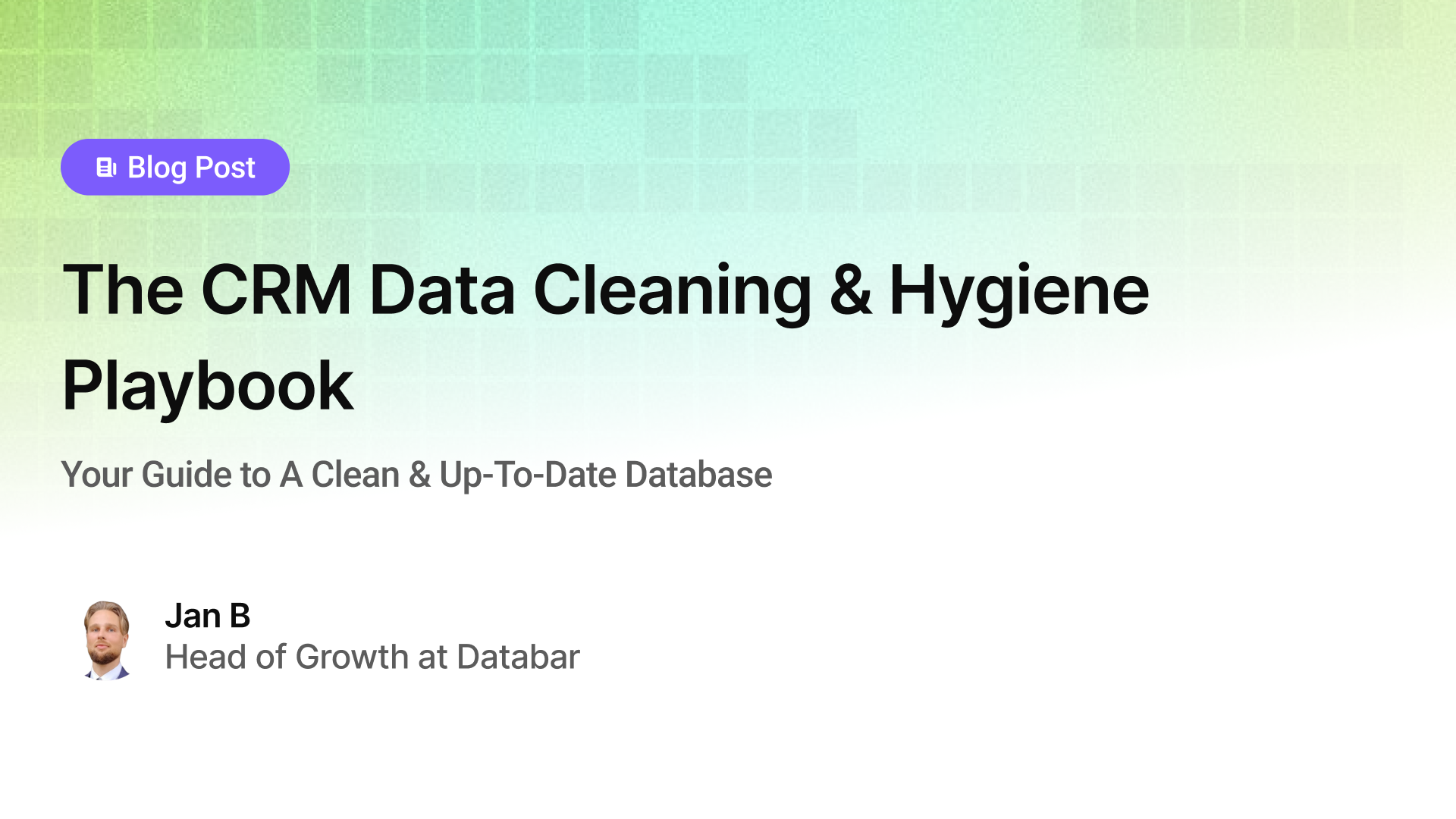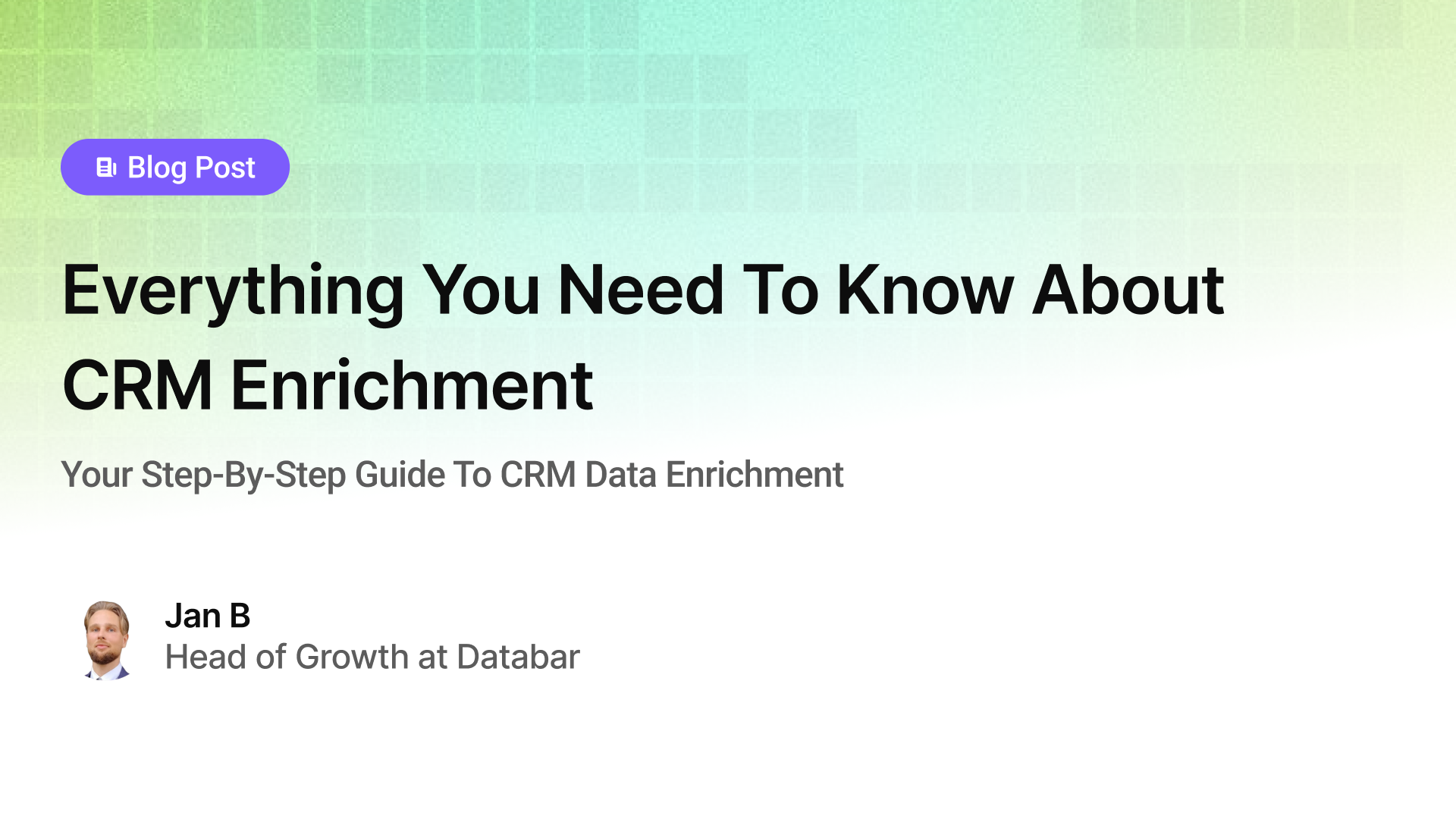Data Cleansing: The Key to Accurate Data-Driven Decisions
Building a Foundation of Trust: The Impact of Data Cleansing on Business Operations
Blogby JanSeptember 30, 2024
"Garbage in, garbage out." This old programming principle has never been more relevant than in today's data-saturated business world. But what if you could transform that “garbage” into gold? That's where data cleansing comes into play. This critical process ensures that your data is accurate, consistent, and reliable, enabling you to make informed decisions that drive your business forward.
Understanding Data Cleansing
Data cleansing, also known as data cleaning or data scrubbing, is the process of identifying and correcting or removing inaccurate, incomplete, or irrelevant data from a dataset. This crucial step in data management ensures that your information is of the highest quality possible.
Why is data cleansing necessary? Simply put, clean data is the foundation of effective business intelligence. Without it, you risk making decisions based on flawed information, which can lead to costly mistakes and missed opportunities.
Common data quality issues addressed by cleansing include:
- Duplicate records
- Outdated information
- Inconsistent formatting
- Missing values
- Inaccurate data
By addressing these issues, data cleansing helps maintain the integrity of your data quality and ensures that your analytics and decision-making processes are based on reliable information.
The Data Cleansing Process: A Step-by-Step Guide
Effective data cleansing involves a systematic approach to identify and resolve data quality issues. Here's a step-by-step guide to the process:
- Data auditing and profiling: Start by examining your data to identify patterns, inconsistencies, and potential quality issues. This step helps you understand the scope of the cleansing needed.
- Standardization and normalization: Establish consistent formats for your data across all records. This might involve standardizing date formats, phone numbers, or address information.
- Deduplication and merge/purge: Identify and remove duplicate records to ensure each entry is unique. This step often involves sophisticated matching algorithms to detect similar records.
- Verification and enrichment: Cross-reference your data with trusted external sources to verify its accuracy and fill in missing information. This step can significantly improve the value of your dataset.
- Monitoring and maintenance: Implement ongoing processes to maintain data quality over time. This includes regular audits and real-time data validation.
By following these steps, you can transform raw, messy data into a clean, reliable dataset that powers accurate analytics and decision-making.
Benefits of Effective Data Cleansing
Investing in data cleansing can yield significant returns for your business. Here are some key benefits:
- Improved decision-making accuracy: Clean, reliable data leads to more accurate insights and better-informed decisions. This can have a ripple effect across your entire organization, from strategic planning to day-to-day operations.
- Enhanced customer experience: With accurate customer data, you can personalize interactions, improve targeting, and deliver more relevant products and services.
- Increased operational efficiency: Clean data reduces errors and rework, streamlining processes and saving time across departments.
- Better regulatory compliance: Many industries have strict data quality requirements. Data cleansing helps ensure you meet these standards and avoid potential penalties.
- Cost savings and ROI: While there's an upfront investment in data cleansing, the long-term savings from improved efficiency and decision-making often far outweigh the costs.
Challenges in Data Cleansing
While the benefits of data cleansing are undeniable, it's not without its hurdles. Nowadays, businesses face a veritable tsunami of information from countless sources. This sheer volume and variety of data can make the cleansing process difficult. It's not just about quantity either as the diverse nature of data sources means that each dataset might require a unique approach, further complicating the cleansing process.
Time and resources also pose significant challenges. Data cleansing isn't a quick fix but a meticulous process that demands both time and expertise. For many organizations, especially those with lean teams or tight budgets, allocating these precious resources can feel irresponsible. The specialized skills required for effective data cleansing aren't always readily available in-house, adding another layer of complexity to the task.
Perhaps one of the most nuanced challenges is striking the right balance between automation and human oversight. While technological advances have made it possible to automate many aspects of data cleansing, the human touch remains irreplaceable for handling complex scenarios and ensuring accuracy. Finding the sweet spot between leveraging efficient automation and applying critical human judgement is a delicate dance that many organizations struggle to perfect.
Despite these challenges, the importance of clean, reliable data in today's business environment makes overcoming these obstacles not just worthwhile, but essential for success in the digital age.
Best Practices for Successful Data Cleansing
To overcome these challenges and maximize the benefits of data cleansing, consider these best practices:
- Establishing a data governance framework: Create clear policies and procedures for data management, including roles and responsibilities for data quality.
- Implementing data quality rules and standards: Define and enforce consistent standards for data entry and formatting across your organization.
- Leveraging automation and AI in data cleansing: Utilize advanced technologies to streamline the cleansing process and handle large volumes of data efficiently.
- Continuous monitoring and improvement: Regularly assess your data quality and refine your cleansing processes to address evolving needs and challenges.
Tools and Technologies for Data Cleansing
A variety of tools are available to support your data cleansing efforts. These range from basic spreadsheet functions to sophisticated data management platforms. When choosing a tool, consider factors such as the volume and complexity of your data, integration capabilities, and ease of use.
One powerful solution in this space is Databar. Our platform offers robust data cleansing capabilities as part of a comprehensive data enrichment and outreach automation solution. With access to 70+ data providers and custom enrichment workflows, Databar empowers you to maintain high-quality data without the need for coding skills.
Conclusion: Empowering Your Business with Clean Data
Data cleansing is not just a technical process—it's a strategic imperative for any business looking to thrive in today's data-driven world. By implementing effective data cleansing practices and leveraging the right tools, you can ensure that your data is a valuable asset rather than a liability.
The journey to clean data is ongoing. Start by assessing your current data quality, identifying key areas for improvement, and implementing a systematic approach to data cleansing. With clean, reliable data at your fingertips, you'll be well-equipped to make accurate decisions, improve customer experiences, and drive your business forward.
Related articles

Buying Signals & Intent Data: Why Your CRM Is Missing the 5 Accounts
Why Most Teams Miss Their Hottest Prospects (And How to Fix Your Signal Detection)
by Jan, October 06, 2025

Lead Scoring & Account Segmentation: Why Most CRMs Get This Backward (And How to Fix It)
How to build a system that tells your team who to call, when, and why
by Jan, October 06, 2025

The CRM Data Cleaning & Hygiene Playbook
Your Guide to A Clean & Up-To-Date Database
by Jan, October 04, 2025

Everything You Need To Know About CRM Enrichment
Your Step-By-Step Guide To CRM Data Enrichment
by Jan, October 03, 2025